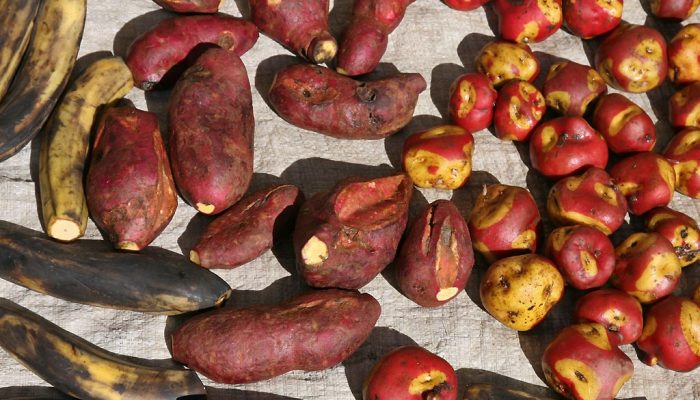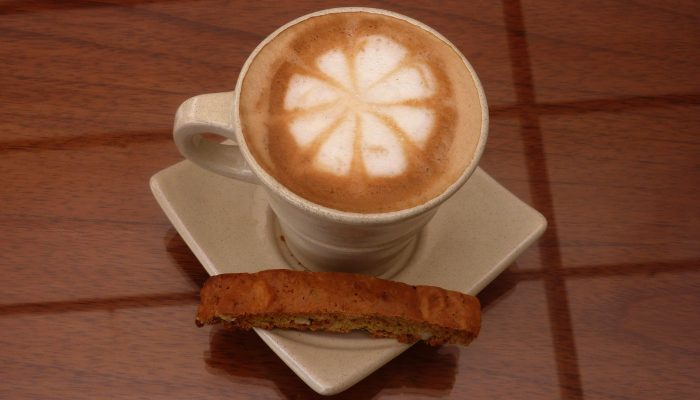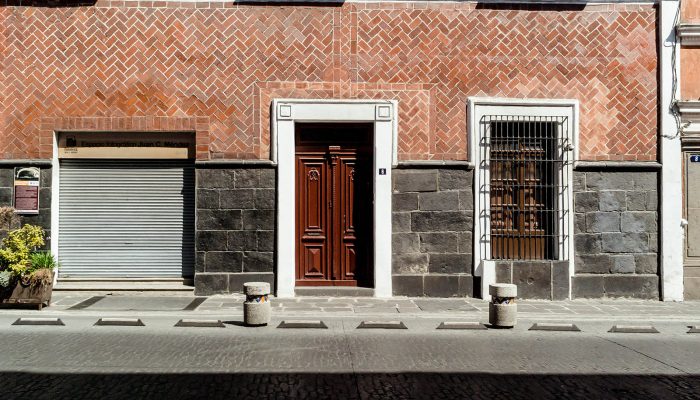Bolivian gastronomy
Bolivian cuisine is born of the mixture of indigenous and Spanish traditions.
The country offers a varied cuisine, essentially based on starchy foods, poultry, meat and vegetables.
In the interior, in the Altiplano region, the potatoes were largely exploited: there are more than 200 varieties. Some are eaten dried: they are chuños or tuntas (less bitter), rich in carbohydrate. The meat is cooked with rice, potatoes and shredded lettuce and enlivened with a spicy tomato sauce called llajwa. Other common foods: the choclo corn cob large, or the habas, kind of beans, eaten roasted or stewed.
Taste the delicious thick soup cooked with half a corn cob, a variety of vegetables and some chicken pieces. A real treat! Soup is one of the traditional dishes. It is often thicker because they add quinoa, traditional Andean cereal, rich in protein. This is the only cereal that contains all the essential amino acids in the same proportion as milk. Free from gluten, quinoa also has a very high content of iron and omega 3 and low in fat. The canawa is another high-protein cereal, usually roasted and ground into flour.
In tropical regions, the dishes are even more varied, the climate is conducive to greater diversity of cultures. Traditional dishes of the Altiplano, are added, the charque(dried meat), cassava, fish-based dishes of fresh water and of course, tropical fruits. The range is very broad: the cherimoya (custard apple), the tuna (prickly pear) or tumbo the maracuya (passion fruit), the hand-shaped ambaiba, guaypurú small, round, green and purple, the Ocoro, yellow and covered with thorns …
Finally, wherever you are, do not expect a dessert … The traditional meal usually ends with a coca tea or Trimate (chamomile, anise and coke).
Some typical dishes
– Llajwa: tomato sauce and red or green peppers, flavored with a special grass, kirkiña or wäkataya.
– Sopa de mani: soup with peanuts, potatoes, macaroni and beef.
– Chairo: soup of dehydrated potatoes (chuños), lamb meat, beef and beef jerky (dried and salted meat)
– Sopa de quinoa: soup with highly nutritious richest grain, quinoa.
– Lagua de choclo: corn soup.
– Salteña: slipper baked, stuffed with chunks of beef or chicken, olives, eggs, potatoes, onions, peas, carrots, raisins and spices.
– Empanada: slipper baked. The dough is thicker than the Salteña. It is stuffed with a sweet filling (empanada blanqueada of lacayote Sugar specialty), and salt (mostly cheese, spicy meat and vegetables).
– Tucumanas: Fried slipper filled with a stuffing made of eggs, potatoes, chicken and onions.
– Huminta: dough prepared with fresh corn with cheese and spices (anise, cinnamon, cloves), baked or steamed in corn husks.
– Anticuchos: beef heart skewers served with a spicy sauce made from peanuts and potatoes.
– Plato paceño: steak accompanied by steamed corn, potatoes, beans and cheese collana basis.
– Sajta de pollo: boiled chicken briefly fried and cooked in its own juices, accompanied by potatoes (or chuños), a mixture of onions and tomatoes, all bathed in a yellow pepper sauce (aji amarillo ).
– Picante de pollo: same as the previous dish but served with a red pepper sauce (more spicy) and tuntas instead of chuños. Sugar specialty.
– Chicharrón: pieces of pork or chicken cooked in an oil bath and accompanied by large white corn kernels (mote).
– Pique Macho: beef cut into small pieces, pan-fried with onions, red peppers, chunks of sausage, soy sauce. It is served with fries, tomatoes, hard boiled eggs, cheese and olives.
– Silpancho: Andean version of the breaded meat. Served with rice, vegetables, potatoes and fried eggs.
– Chorizo chuquisaqueños: regional specialty of the city of Sucre, fried sausages with salad.
– Trucha: trout of Lake Titicaca is delicious, prepared grilled or stewed. To taste also, two other fish, pejerrey (kind of perch) and surubi (siluriforme endemic fish of the Amazon).
Some drinks
– Mate: This is the name given to the tea. Most are consumed coca caulked and trimatés (chamomile, anise and coke). There is no time to mate!
– Api: hot drink, thick and quite sweet made with red corn, which accompanies mid morning empanadas.
– Fruit juice: we find excellent fresh, everywhere. To consume without moderation!
– Chicha: alcoholic drink made from fermented corn, produced mainly in the area of Cochabamba. The chicherías (chicha rates) decorate their front of a white flag.
– Beer: Each city has its own: the Paceña in La Paz, the Ducal in Santa Cruz, the Taquiña in Cochabamba, the Potosina in Potosi, the Astra in Tarija, the Sureña in Sucre and Huari in Oruro. They are light and refreshing in general.
– Wine: the wines come from the Tarija region (among the highest vineyards in the world) and are increasingly recognized in the world of wine. Among the good facilities include La Concepción, Aranjuez and Kohlberg.
– Singani: grape brandy produced in the region of Tarija, usually mixed with soda or lemonade for a popular cocktail, the Chuflay.
– Café Yungas: arabica delicious handcrafted produced by, among others, black ethnicity in Bolivia, the negritos sambos hills of the Yungas.
Impossible not to speak of markets. Bolivia and the Andes live at their own pace. You will find at a good price all basic food and traditional dishes already prepared …
It is a must see of your travel to Bolivia, its colors, smells and … his meetings!





